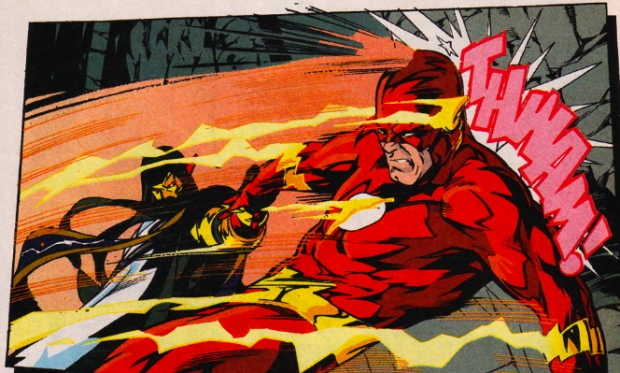In May, Google's staff announced that starting with Q4 2016, Chrome would use HTML5 by default and Flash would go the way of the dodo. However some of that cunning plan changed. Now it seems that Flash has been phased out in favour of HTML5 as the primary technology for playing multimedia content in Chrome.
Google's plan is to turn off Flash and use HTML5 for all sites. Where HTML5 isn't supported, Chrome will prompt users and ask them if they want to run Flash to view multimedia content.
The user's option would be remembered for subsequent visits, but there's also an option in the browser's settings section, under Settings > Content Settings > Flash > Manage Exceptions, where users can add the websites they want to allow Flash to run by default.
Google has promised that it would whitelist some of the Internet's biggest web portals where HTML5 isn't yet supported, or where not all content could be played back via HTML5 just yet. The list included YouTube, Flash, VK, and others.
Now the list has been dropped, in favour of a better system called Site Engagement (chrome://site-engagement) that gives scores to websites based on the number of visits and time spent on each site.
The Site Engagement indicator takes a value from 1 to 100, and once it drops under 30, users will be prompted to enable Flash, regardless of the site's popularity and Alexa ranking.
Flash is not exactly popular. It is a resource hog and a favourite attack vector for hackers. However Chrome will continue to ship with Flash for the time being.
YouTube dropped Flash support a long time ago, while starting with January 2, 2017, Google will stop accepting Flash ads in its AdWords program.
Both Chrome and Firefox now block non-essential Flash content, such as analytics and user fingerprinting scripts. Google has been doing this since Chrome 53, and Mozilla since Firefox 48.
Also in 54, 32-bit processors and 32-bit OSes are no longer supported, which means that Chrome can only be used on newer computers.




